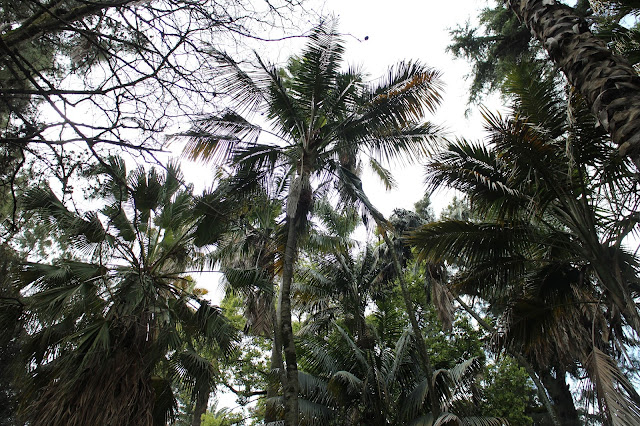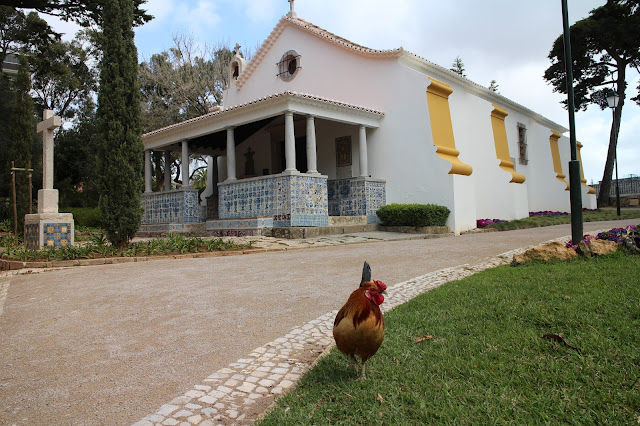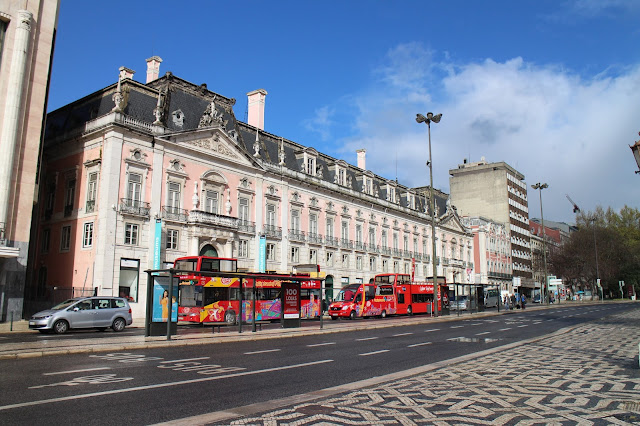Lisbon Botanical Garden, Portugal

Lisbon Botanical Garden was founded in 1873, a part of the Lisbon Polytechnic School, intended for scientific research and teaching from the beginning. The place which was chosen for the garden, hill Olivete, already had a long tradition in botanical studies, as the school had previously been the Jesuit College of Cotovia (1609-1759) and the Royal College of Nobles (1761-1837). However, only in 1873, by the initiative of Count of Ficalho, did the current garden start being planted. When it was inaugurated the garden was considered one of the best in Europe and even for today's standards it displays an impressive collection of sub-tropical vegetation. Located on a hill, it's ideal to accommodate a large diversity of plants, with the cactus and succulent plants, which resist better to the heat and sun, on the top and the plants that need more moisture on the bottom. In Summer there can be a difference of 2ºC between top and bottom. The garden includes between 1...

